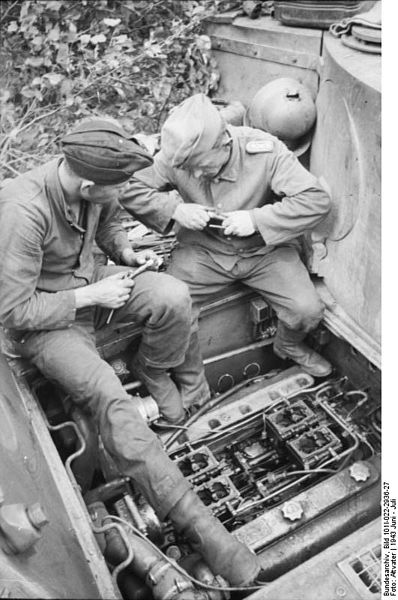Tiger I and Tiger II – The Most Feared Tanks of the War
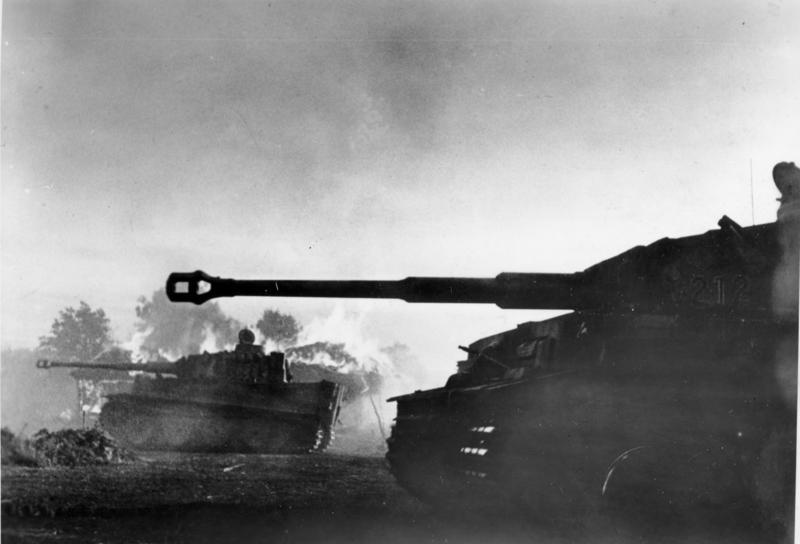
The infamous Tiger I was probably the most feared tank of World War II. It didn’t have the thickest armor or the most powerful gun used by German tanks, but upon its introduction in 1942, no tank fielded by any nation could compare to it. It brought unprecedented protection and firepower that had never been seen before. Its impact continued after WW2 had ended, influencing post war designs by countries who never wanted be so hopelessly outgunned again.
Its 88 mm KwK 36 L/56 gun could knock out a Sherman tank from 3600 ft away, well beyond the range of the Sherman’s own gun, effectively making the Tiger immune to return fire over certain distances. An Allied tank had to be well inside the Tiger’s range before it had any chance of destroying it.
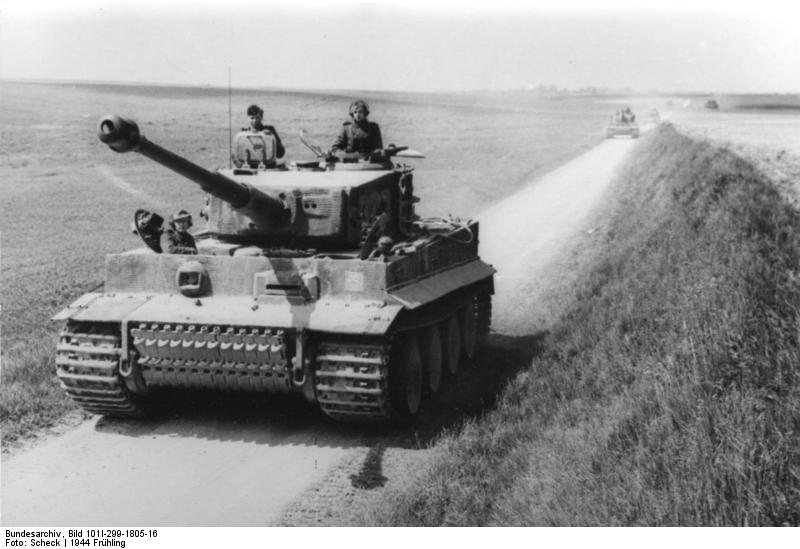
It was initially designated the Panzerkampfwagen VI Ausführung H, then to Panzerkampfwagen VI Ausführung E later in the war. Ferdinand Porsche nicknamed the tank ‘Tiger’. It would only be known as the Tiger I after the introduction of the Tiger II.
Tigers first saw action in September 1942 against the Soviets, when it was pushed into service a few months earlier than planned at the request of Hitler, eager to test his new weapon. Despite the incredible capabilities of the Tiger, it was utilized rather poorly in its early engagements, resulting in a rather lacklustre performance on paper. The British and Americans first had their first taste of the Tiger in December 1942 in North Africa where they saw much greater success. They would fight on all fronts in Europe until the wars end.
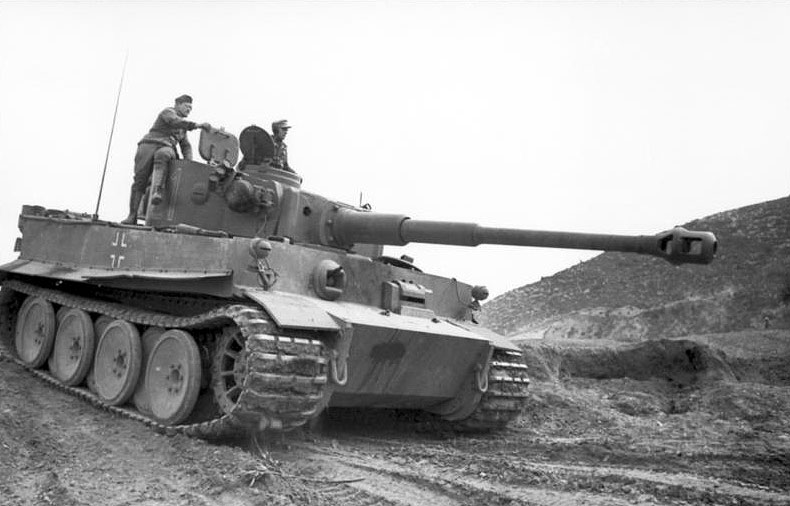
The fear the Tiger struck into Allied tankers from its dominant early encounters caused almost any enemy tank discovered by Allied forces to be identified as a Tiger. This ‘Tiger fright’ massively inflated the numbers of actual direct engagements between Allied tanks and Tigers, which is now believed to be a very small amount due to the small quantity produced of just 1,350 during the entire war, compared to 50,000 Sherman tanks alone.
Even though the Germans themselves introduced more powerful tanks than the Tiger I, it would remain competitive against Allied tanks for the entirety of the war. The US M26 Pershing introduced over 2 years later in 1944 was only about equal to the Tiger in most aspects. Soviet designs had more success against Tigers, with 122 mm and 152 mm guns able to reliably destroy them.
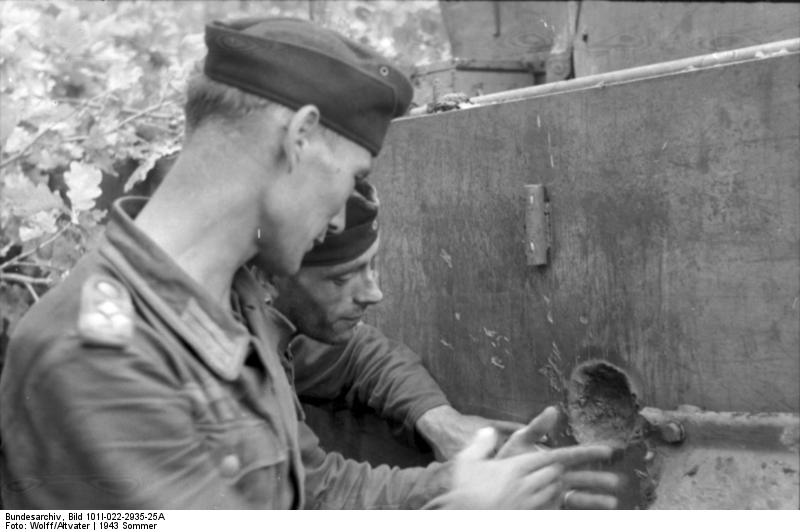
Despite its fearsome abilities and reputation, it wasn’t without its weaknesses. It was a logistical nightmare to maintain, repair and run. The 60 ton weight meant the engine and transmission were near their limits, so Tiger drivers were given special training on how to avoid overstressing the Maybach V12 engine. When breakdowns did happen, spare parts were often in short supply, and repairs were difficult due to the complexity of the vehicle. Fuel consumption was very high too, a problem for Nazi Germany who were already experiencing severe fuel shortages.
After the war had ended, the remaining Tigers Tanks were scrapped and today, very few remain. Only a handful can be seen in museums and even fewer survive outside as monuments.
At this time there is only one Tiger left in running order; The Bovington Tank Museum in the United Kingdom has Tiger 131 which is the star of many museum events and was used in the 2015 movie “Fury.”
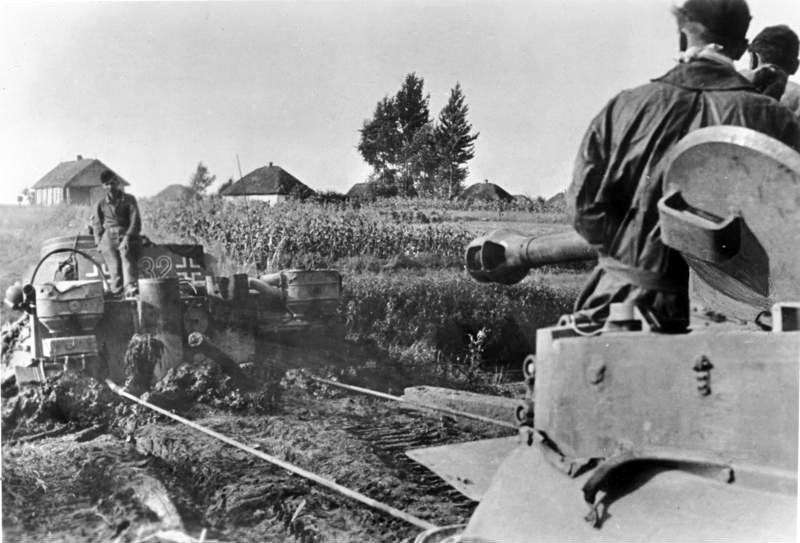
Tiger II
The Tiger I was improved upon by the Panzerkampfwagen Tiger Ausf. B, also known as Königstiger, or King Tiger by many Allied forces. It was a significantly larger vehicle in every sense, weighing over 75 tons. Its frontal armor thickness was increased from 100 mm on the Tiger I, to 150 mm on the Tiger II. Not only was the armor thicker, but it was sloped in a similar way to the Panther tank, increasing its effectiveness.
The Tiger II also used an 88 mm gun, but this was the KwK 43 L/71, a gun 1.3 metres longer than that used on the Tiger I. This gun had significantly better performance than the KwK 36 L/56 and could knock out any tank fielded during the war, even at long ranges. The Tiger II’s large chassis was used for the basis of the Jagdtiger, a heavy tank destroyer armed with a 128 mm gun, that became the heaviest serving armored fighting vehicle of the war.
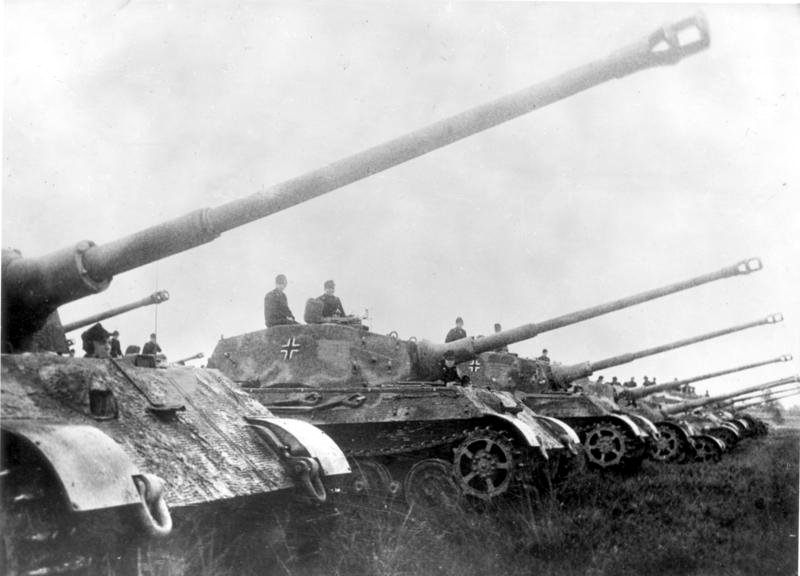
The Tiger II expanded the capabilities of the Tiger I with more armor and a better gun, but it also exaggerated its predecessor’s issues too. The huge weight of the Royal Tiger became a serious logistical issue, stressed the drive train and needed more raw materials to produce. Like the Tiger I, spare parts where in short supply and performing repairs was exceedingly difficult without a well equipped repair depot.
Production started in mid 1944, phasing out the production of the Tiger I. Only 492 were built partly due to the man hours required (around 300,000 per vehicle) and the relentless Allied bombings.
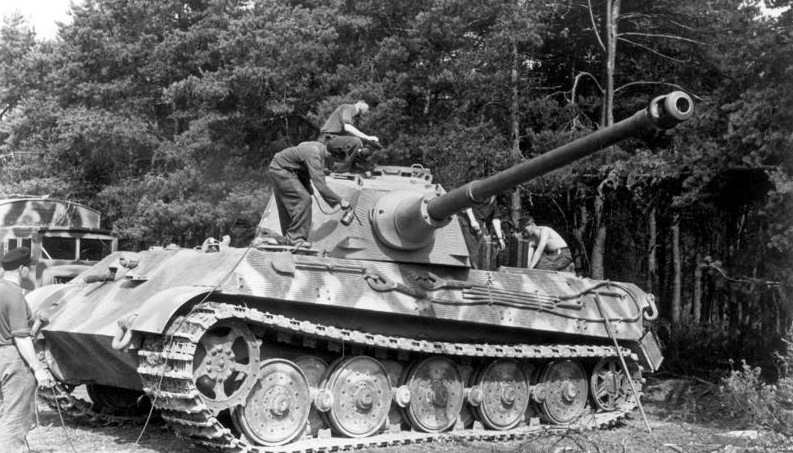
The Heavy Tank battalions of the Waffen-SS and the Army used the Tiger II. The Allies were the first to encounter these tanks in Normandy one month after invading on D-Day, June 6th 1944. In the East, they made their debut in September of 1944.
Their performance was often on the extreme ends of good and bad. In an ideal situation, a Tiger II was a formidable threat to even an entire Allied amored column, however when caught out of position or when operated by a novice crew, they were quickly despatched by overwhelming Allied forces.
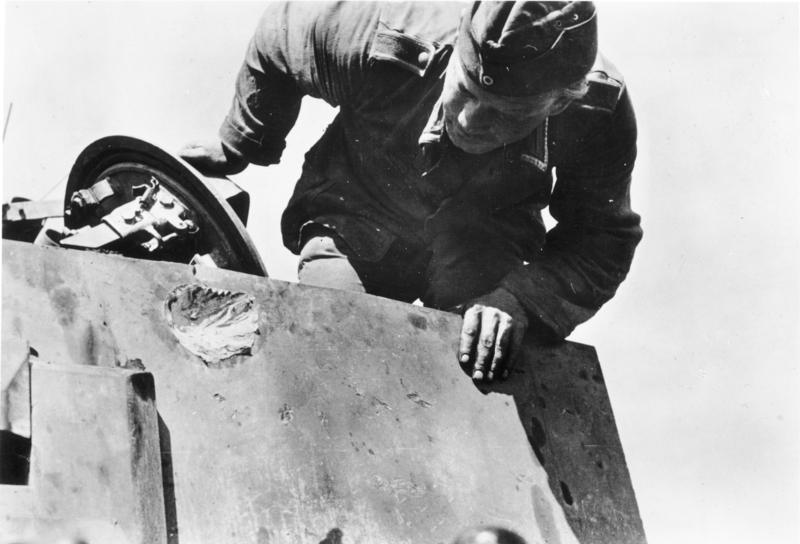
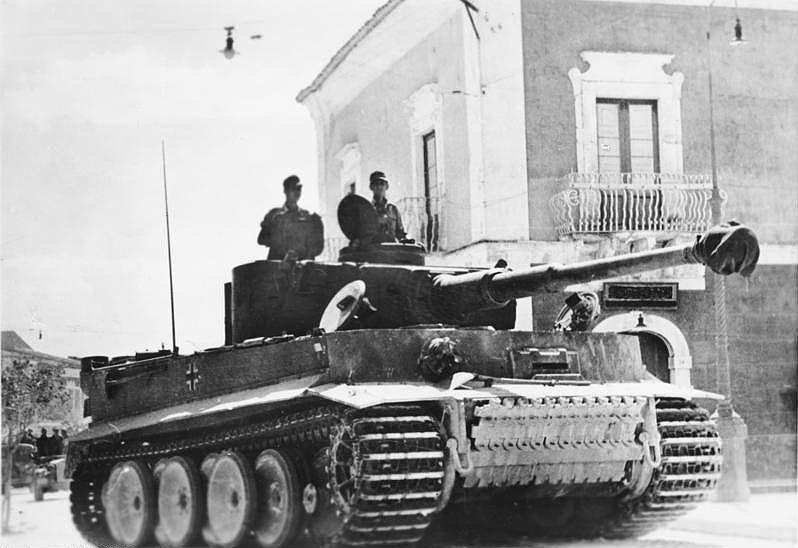

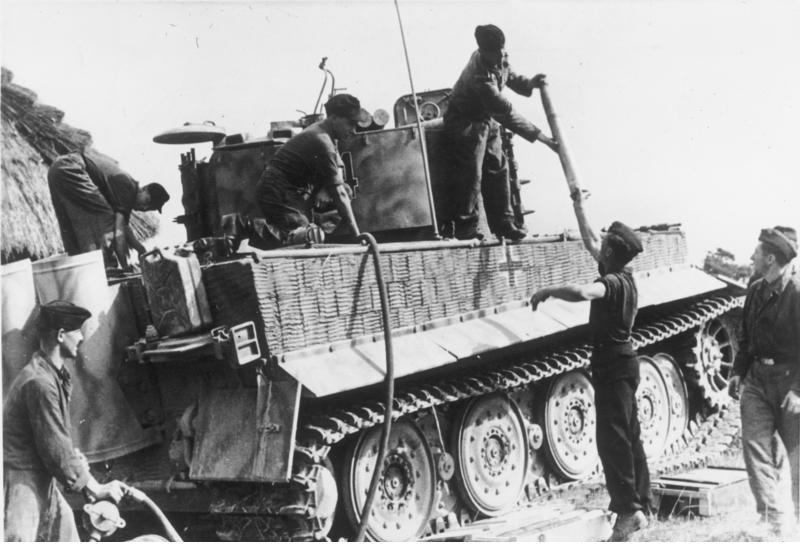
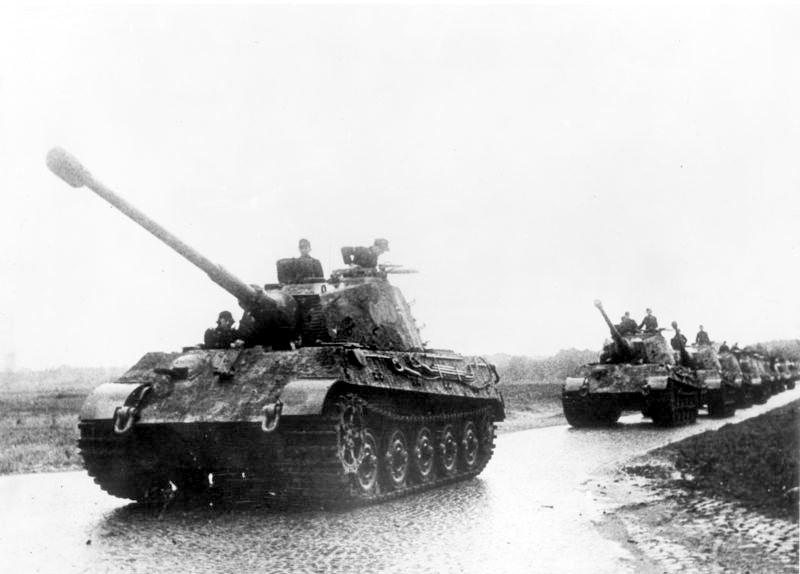
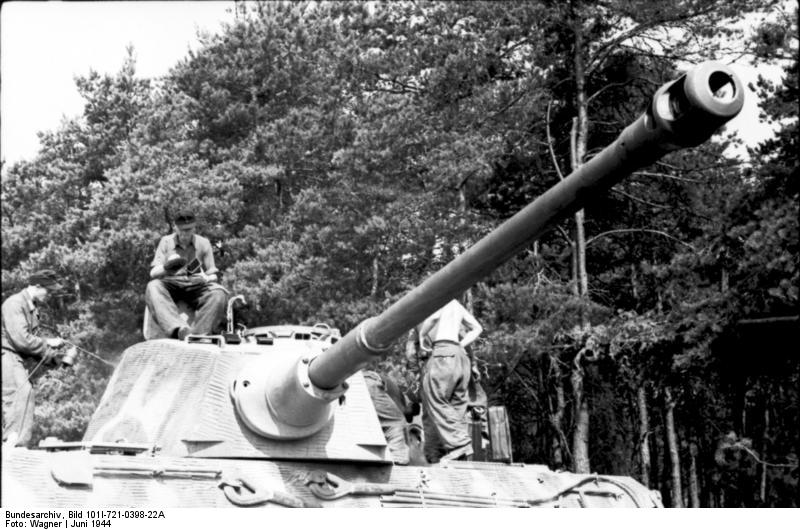
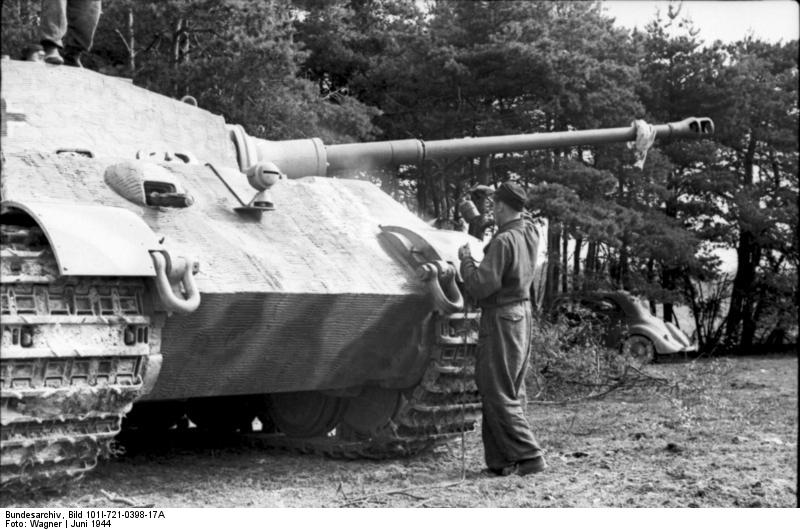
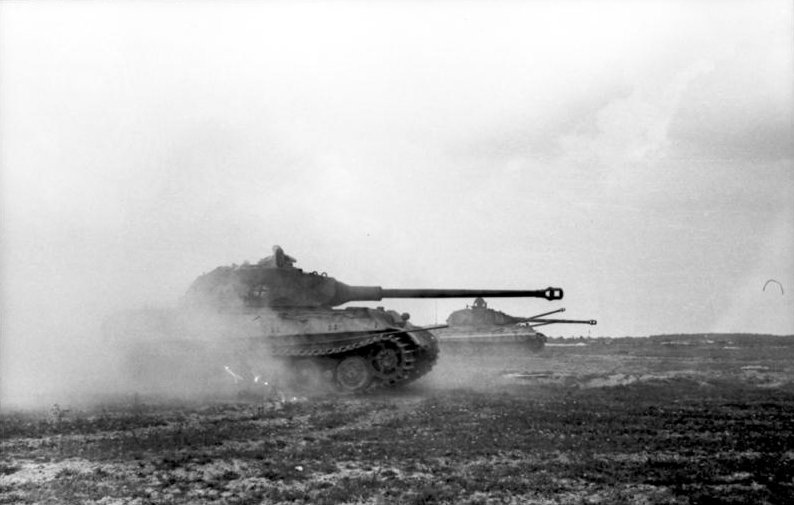
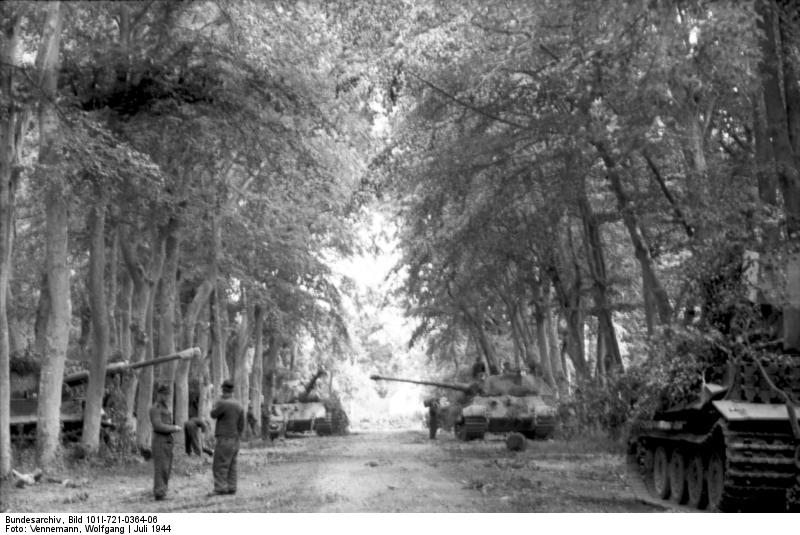
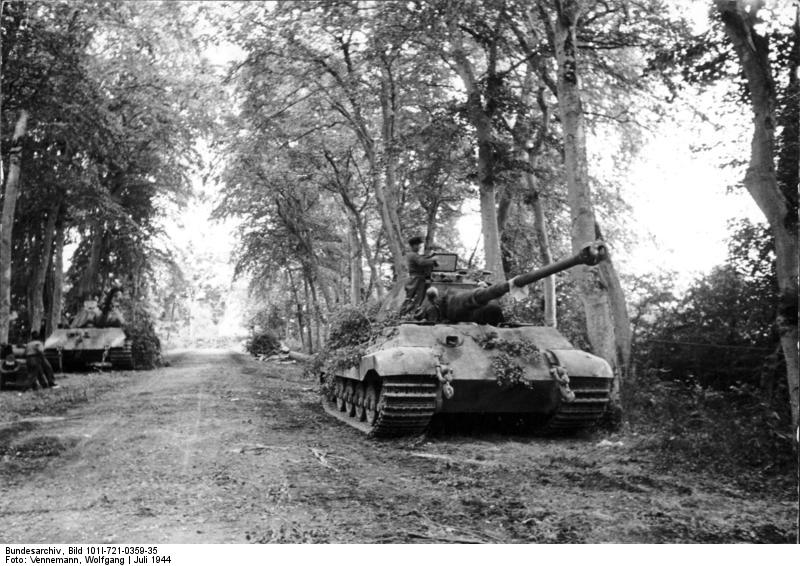
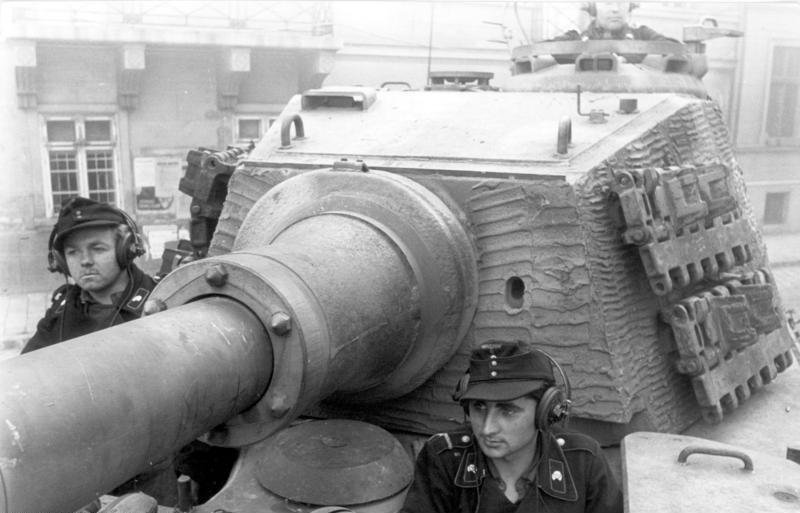
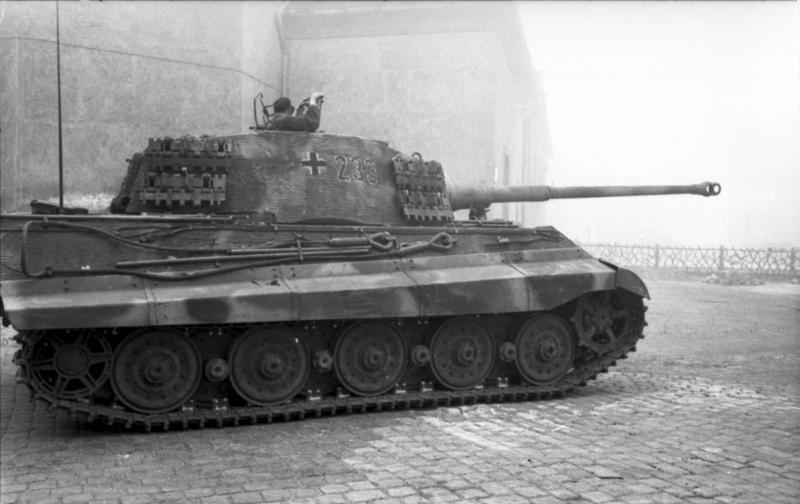
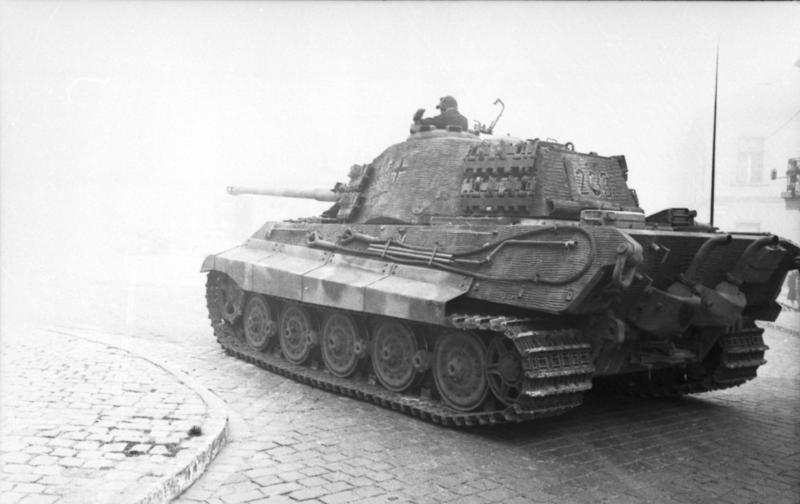
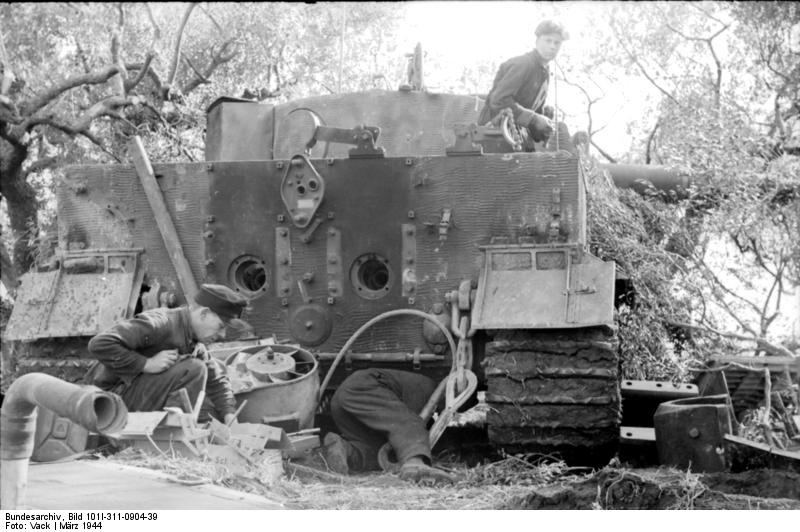
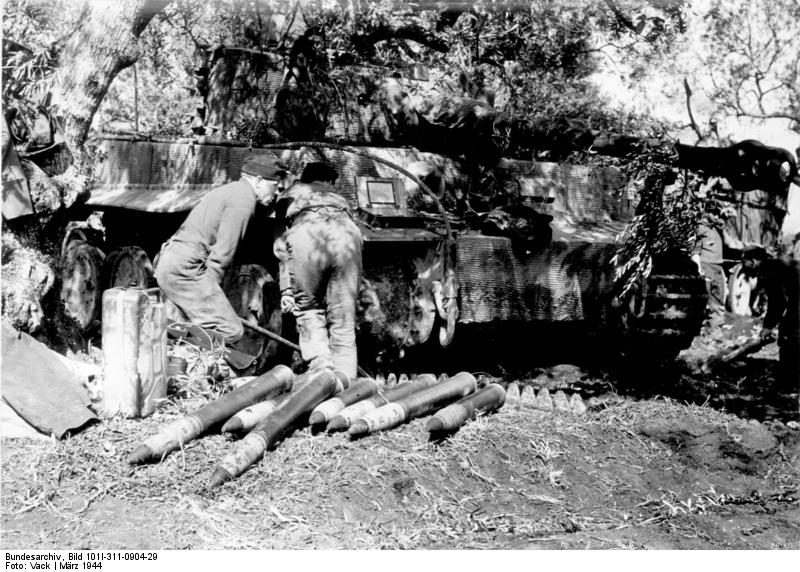
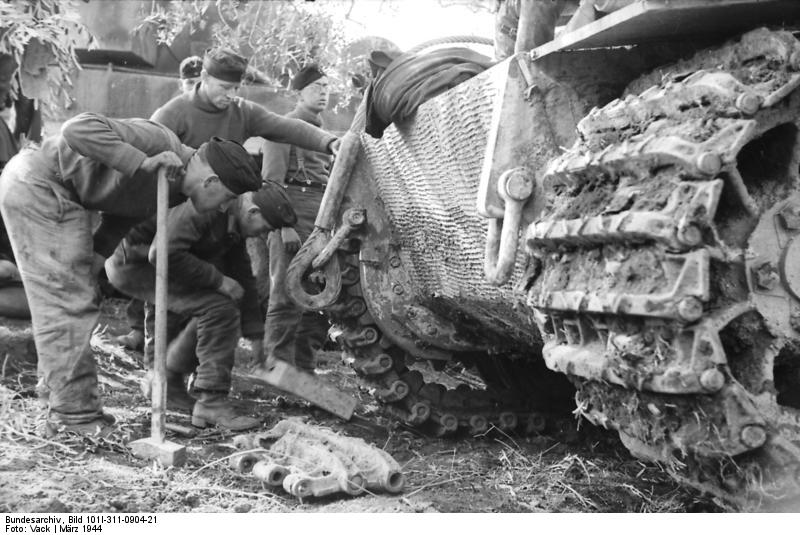
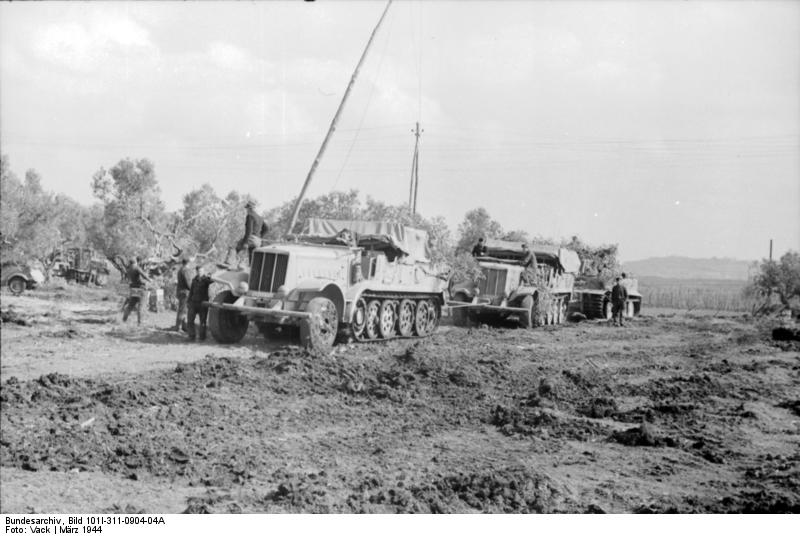
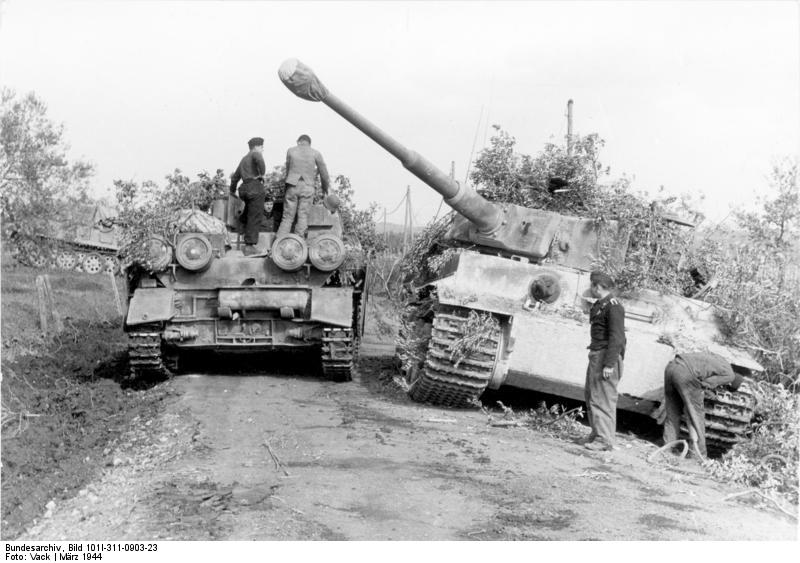
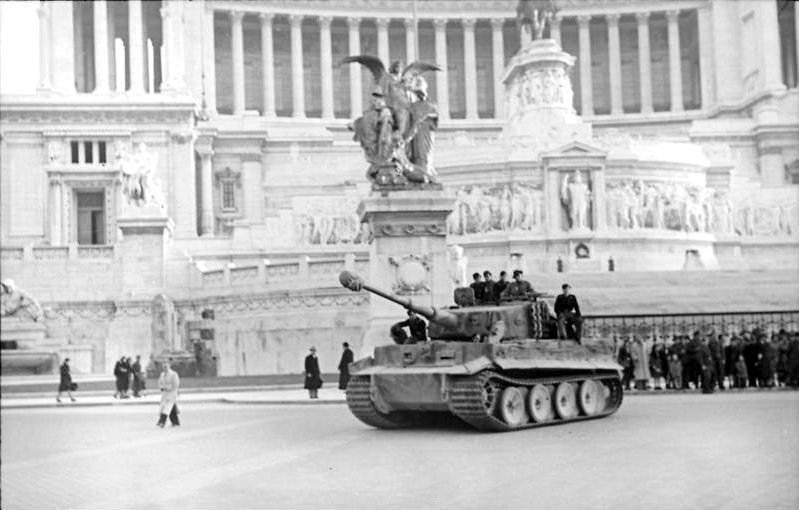
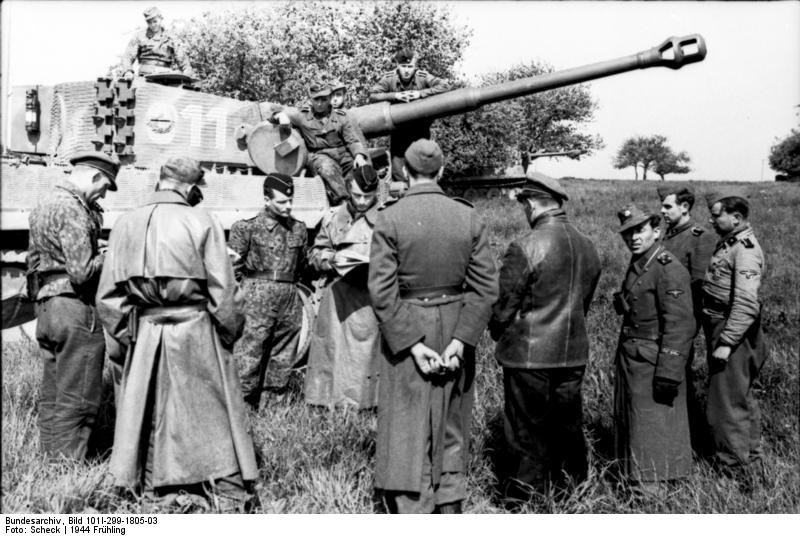
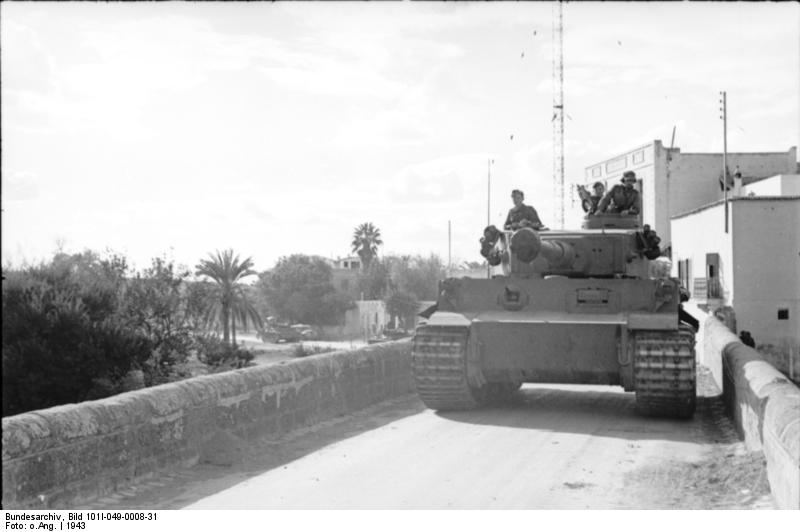
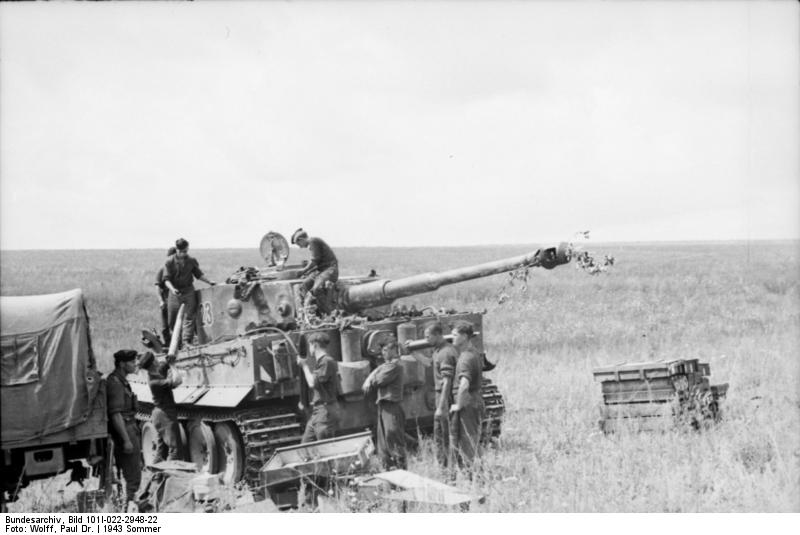
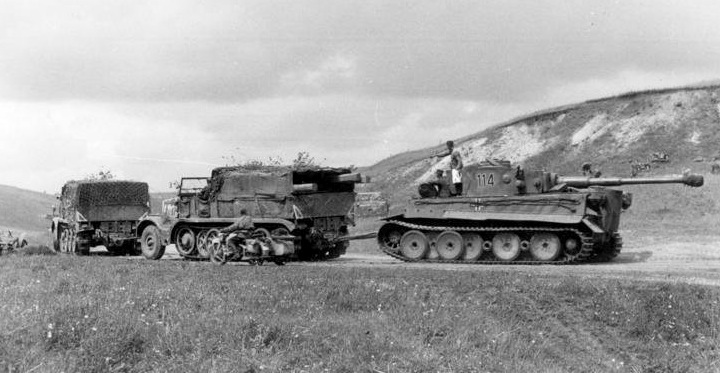
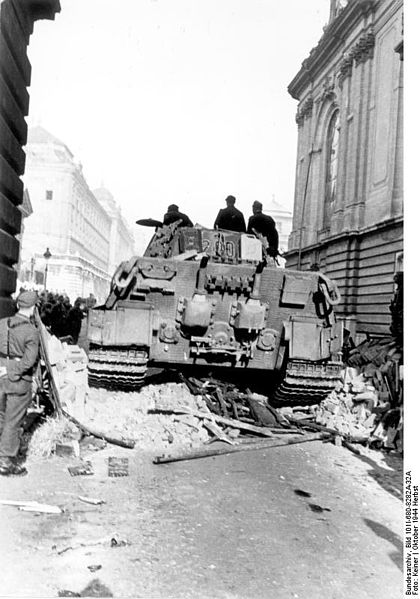
Another Article From Us: WW2 British Tanks in Over 100 Images
